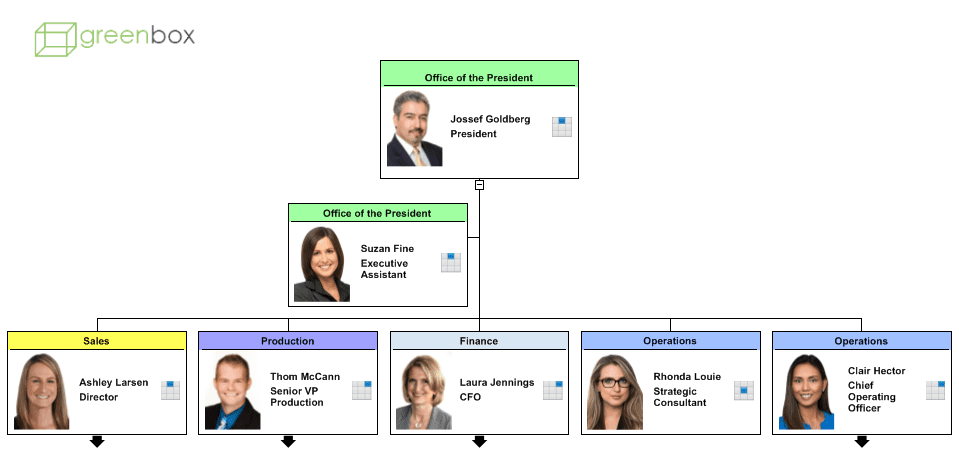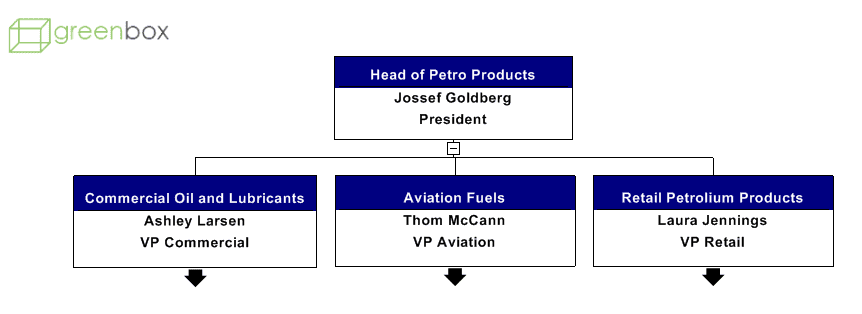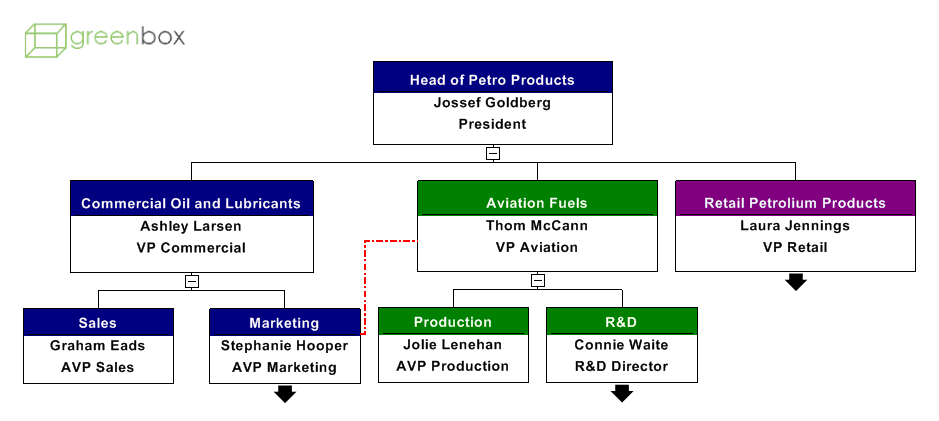December 4, 2019
1:00 AM
By OrgChart Team

As companies grow they need to restructure. Organization Development science has identified three types of organizational structure. We’ve listed them below with a brief explanation:
A functional structure is simply one that divides a company by specialty. Typical departments are HR, sales, marketing, customer service, accounting, etc. Employees are grouped together based on the similarity of the activities they perform.
Some obvious advantages of this type of organization are that the various groups can concentrate on their particular area of focus and learn, grow and improve from their proximity to each other. It also avoids situations where work is being duplicated because it’s easier to assign or distribute work within the group.
One criticism of this type of structure is that groups can become siloed and a lack of interaction between departments can sometimes lead to a lack of cooperation if interdepartmental relations are not properly cultivated.

A divisional structure can divide a company into different products or services of that company. For example, a company like Ford might be broken down into market segments like trucks, SUVs, hybrids etc. They operate independently as separate profit centers for the business.
>Divisional structures may also make sense for companies that are geographically dispersed so the company can serve the specificities of that market with its own self-contained product, accounting and legal expertise. An advantage of this structure is that management is responsible for their units and divisions and those that are not performing are easily identified and removed without greatly affecting the overall performance of the organization. Having divisions devoted to certain specific products, services or geographies hold the advantage of being able to serve the customer with a focused, specialized fit to their needs.

Matrix structures can be more complex. Employees can have multiple bosses. Perhaps one boss for a specific project and another for the division they originally report to. The matrix structure is flexible, pulling upon the strengths of each employee and placing them where they are most needed in the organization. Of course, having multiple bosses can sometimes result in confusion particularly when conflicting priorities and responsibilities are at play. Visualizing the dotted line relationships in an org chart can be helpful in identifying and resolving those confusions.

Our organization charting software, OrgChart Platinum and OrgChart Now, allow you to visualize and manage all three types of structures. Try our free demo to optimize the company structure you have in place or predict the future with new organizational structures using “what-if” scenario planning. Can you imagine testing out a new structure working for your company?
4 Common Types of Organizational Structure (https://www.allbusiness.com/4-common-types-organizational-structures-103745-1.html)
What are the 4 Types of Organizational Structures? (https://www.hierarchystructure.com/types-organizational-structures/)
Benefits and Disadvantages of a Functional Organizational Structure (https://smallbusiness.chron.com/benefits-disadvantages-functional-organizational-structure-11944.html)
The Advantages of Divisional structure in Organizations (https://smallbusiness.chron.com/advantages-divisional-structure-organizations-26170.html)
Tags: